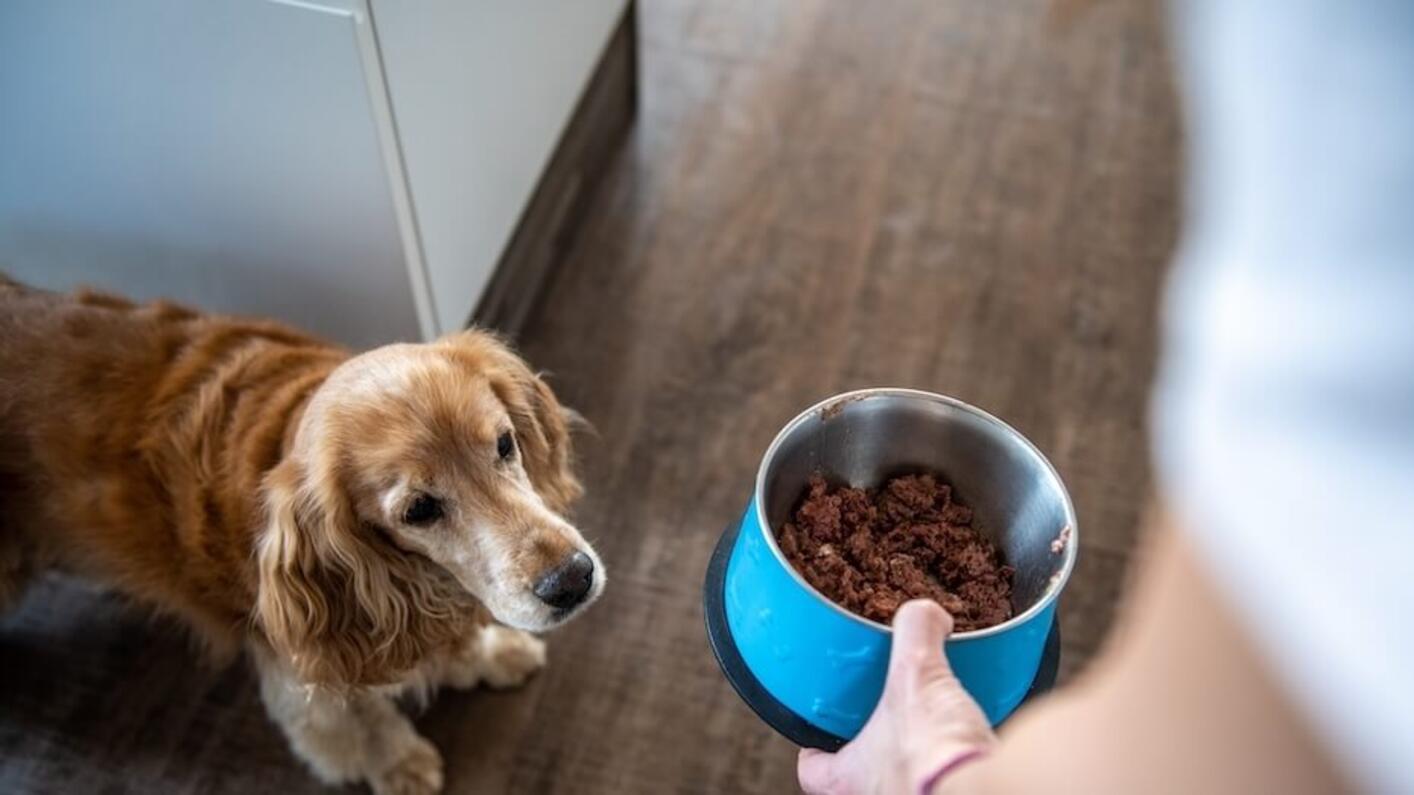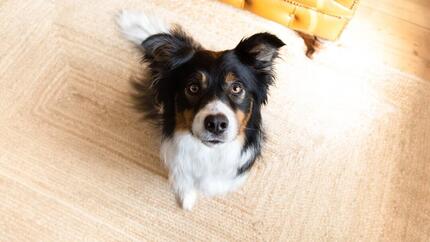
As a responsible dog owner, understanding which foods are safe for your pet is crucial. One common question that arises is “can dogs eat red kidney beans?”. Many dog owners are curious about the safety of feeding red kidney beans to their pets and while these beans can offer certain benefits, there are also risks and precautions to consider.

Can dogs eat red kidney beans safely?
Red kidney beans are rich in protein, fibre, and essential nutrients, making them a potentially nutritious addition to a dog's diet. They can provide energy and support a healthy digestive system. However, it's crucial to cook them thoroughly before feeding them to your dog, as raw or undercooked beans contain toxins harmful to dogs.
When introducing red kidney beans into your dog's diet, start slowly and in small quantities. This gradual introduction helps your dog’s digestive system adjust and reduces the risk of digestive upset. Keep an eye out for any signs of allergies or sensitivities, such as itching, vomiting, or diarrhoea. If any adverse reactions occur, consult your veterinarian immediately.
It's important to note that not all beans are safe for dogs. Beans like baked beans or refried beans may contain harmful ingredients such as onions or garlic. Therefore, choose the right type of beans and ensure they are prepared in a dog-friendly manner.

How to prepare red kidney beans for dogs
Red kidney beans can be a nutritious addition to your dog's diet if prepared correctly. Follow these steps to ensure the beans are safe for your dog to eat:
-
Soak the beans in water overnight to soften them and remove toxins.
-
Drain and rinse the beans thoroughly.
-
Transfer the beans to a pot and cover with fresh water, ensuring the water level is at least two inches above the beans.
-
Bring the water to a boil, then reduce to a simmer. Cook for 45 minutes to an hour, or until tender.
-
Let the beans cool before serving them to your dog.
Avoid feeding your dog raw or undercooked kidney beans as they contain a toxin called lectin, which can cause digestive upset. When introducing red kidney beans into your dog's diet, start with small portions to ensure they are well-tolerated. You can mix them with regular food or use them as a topping.
Avoid feeding your dog raw or undercooked kidney beans as they contain a toxin called lectin, which can cause digestive upset. When introducing red kidney beans into your dog's diet, start with small portions to ensure they are well-tolerated. You can mix them with natural food but avoid combining them with conventional feeds (such as croquettes or processed food) as they have very different digestion rates, which could cause digestive problems. You can use them as a topping too.
Canned beans and veggies are safe, as long as the preservative liquid does not contain any potentially harmful component for your pet’s health, and you rinse them thoroughly with clean fresh water before serving.
How many red kidney beans can dogs eat?
Portion sizes for red kidney beans depend on your dog's size and breed. Small dogs like Chihuahuas or Yorkshire Terriers can have a quarter to half a cup, while medium-sized dogs like Beagles or Bulldogs can have half to one cup. Larger breeds like Golden Retrievers or German Shepherds may enjoy one to two cups of cooked beans. Beans have high content in proteins, but it’s not as good as that from animal origin, so beans should not be the main component of your dog’s food, and they are recommended to be fed combined with other nutrients to provide a balanced diet.
Feed red kidney beans to your dog no more than once or twice a week. This ensures they receive a balanced diet and prevents potential gastrointestinal issues from overconsumption. Monitor your dog for signs of overconsumption, such as excessive gas, bloating, or diarrhoea. If any of these symptoms occur, consult your veterinarian to adjust portion sizes or determine if red kidney beans should be avoided.
Potential health risks of red kidney beans for dogs
While red kidney beans can be beneficial, it's important to be aware of potential health risks. Symptoms of kidney bean poisoning in dogs include vomiting, diarrhoea, abdominal pain, and increased thirst. In severe cases, dogs may experience muscle weakness, tremors, or seizures. If your dog has consumed raw or improperly cooked beans, make sure to contact your veterinarian immediately.
Legumes can be introduced in your dog’s diet but never mixed in the same meal with conventional dog feed, as these two have very different digestion speed, which could cause digestive problems.
Excessive bean consumption can lead to gastrointestinal upset and nutrient imbalances. Some dogs may have difficulty digesting beans, resulting in gas and bloating. Always consult your veterinarian before introducing new foods into your dog's diet, including red kidney beans, to ensure their safety and well-being.
Alternative healthy treats for dogs
If red kidney beans are not suitable for your dog, consider other nutritious legumes and vegetables. Green beans are a great alternative, providing vitamins, minerals, and fibre. They can be fed raw or cooked and make a healthy, low-calorie treat.
Chickpeas are another legume option, packed with protein, fibre, and essential nutrients. They can be served as a snack or mixed into regular meals for an added nutritional boost.
If red kidney beans are not suitable for your dog, consider other nutritious legumes and vegetables. Green beans are a great alternative, providing vitamins, minerals, and fibre. However, it’s best not to fed them raw as sometimes they can be difficult to digest, so it make sure to cook them, for a good and healthy, low-calorie treat.
Chickpeas are another legume option, packed with protein, fibre, and essential nutrients. They can be served as a snack or mixed into regular meals for an added nutritional boost. Due to their high content in fibre, they can be slightly heavy for our dog’s digestive system, so the chickpeas daily quantity should not exceed 5% of daily required calories, and always cooked.
Vegetables like carrots are excellent alternatives, offering crunchiness, low calories, and rich vitamins and minerals. They also promote good dental health by reducing plaque buildup.
When introducing new treats or foods, do so gradually and in moderation. Always consult your veterinarian to determine the best diet and treats for your dog's specific needs.
You now know if and how dogs can eat red kidney beans. To learn more about what you can feed your dog, read our article on Can Dogs Eat Carrots next.


